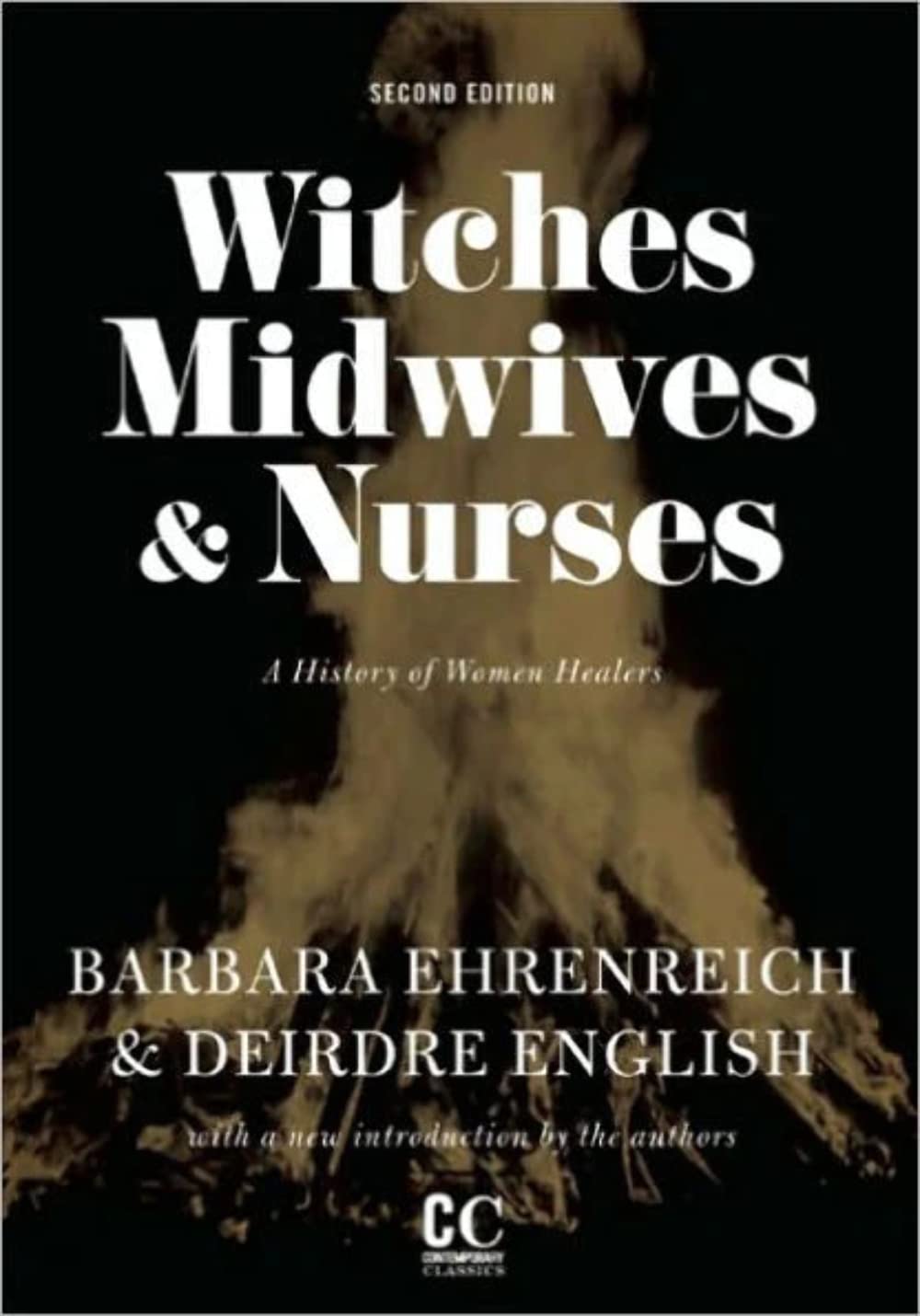About this deal
If she did finally make it into practice, she found her brother “regulars’’ unwilling to refer patients to her and absolutely opposed to her membership in their medical societies. In fact, feminists of the late 19th century were themselves beginning to celebrate the nurse/mother image of femininity. Flexner in his report bewailed the fact that any “crude boy or jaded clerk” had been able to seek medical training. Not that serious academic training would have helped much anyway – there was no body of medical science to be trained in.
Witches, Midwives and Nurses: A History of Women Healers, has Witches, Midwives and Nurses: A History of Women Healers, has
This is probably because: First, fewer European women were aspiring to medical careers at this time. There were quite a lot of male healers as well, but often records would just say that they were using salves and unguents. Their scope alone suggests that the witch hunts represent a deep-seated social phenomenon which goes far beyond the history of medicine. Thus magic cures, even when successful, were an accursed interference with the will of God, achieved with the help of the devil, and the cure itself was evil.But medical science could be a liberating force, giving us real control over our own bodies and power in our lives as health workers. What this means to us in practice is that in the health system there is no way to separate worker organizing from feminist organizing. Later in the 19th century, as the grassroots energy ebbed and the Movement degenerated into a set of competing sects, the “regulars” went back on the offensive.
nurses and midwives accused of Study to dive into stories of nurses and midwives accused of
The arguments against women doctors ranged from the paternalistic (how could a respectable woman travel at night to a medical emergency? Indeed, as the number of nursing students rose in the late 19th century, the number of female medical students began to decline. The Movement was a radical assault on medical elitism, and an affirmation of the traditional people’s medicine. And we found, in the periods we have studied, that, if anything, it was the male professionals who clung to untested doctrines and ritualistic practices – and it was the women healers who represented a more humane, empirical approach to healing.Then, in the 13th century, there was a revival of learning, touched off by contact with the Arab world. For centuries women were doctors without degrees, barred from books and lectures, learning from each other, and passing on experience from neighbor to neighbor and mother to daughter. The rare woman who did make it into a “regular” medical school faced one sexist hurdle after another. Besides, an occupational group doesn’t gain a professional monopoly on the basis of technical superiority alone. Female medical leaders such as Elizabeth Blackwell joined male “regulars” in demanding an end to lay midwifery and “a complete medical education” for all who practiced obstetrics.
Witches, Midwives and Nurses: A History of Women Healers
Second, feminist movements were nowhere as strong as in the US, and here the male doctors rightly associated the entrance of women into medicine with organized feminism. Is this because the Popular Health Movement naturally attracted dissidents of all kinds, or was there some deeper identity of purpose? Prior to the 19th century, there was no formal training in medicine available, and any competent person might serve as the caregiver for a frontier community. On Sundays, after Mass, the sick came in scores, crying for help, – and words were all they got: “You have sinned, and God is afflicting you. In the century that preceded the beginning of the “witch-craze” – the thirteenth century – European medicine became firmly established as a secular science and a profession.Incantations, and quasi-religious rituals were thought to be effective: The physician to Edward II, who held a bachelor’s degree in theology and a doctorate in medicine from Oxford, prescribed for toothache writing on the jaws of the patient, “In the name of the Father, the Son, and the Holy Ghost, Amen,” or touching a needle to a caterpillar and then to the tooth. He could not waste his talents, or his expensive academic training in the tedious details of bedside care. Today’s leaders of the American Nursing Association may insist that nursing is no longer a feminine vocation but a neuter “profession.
Related:
 Great Deal
Great Deal 